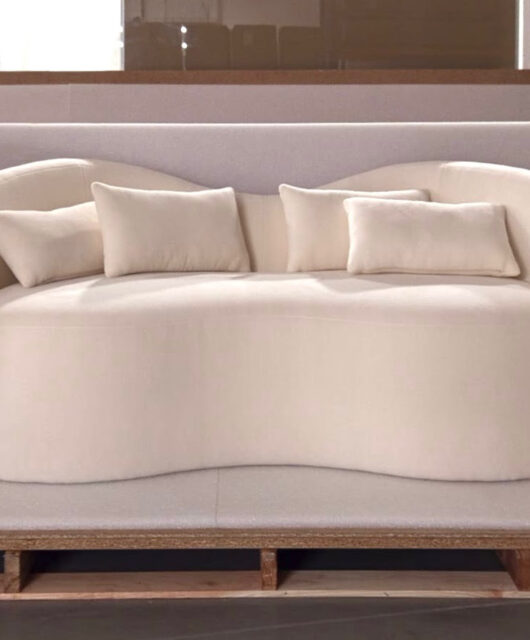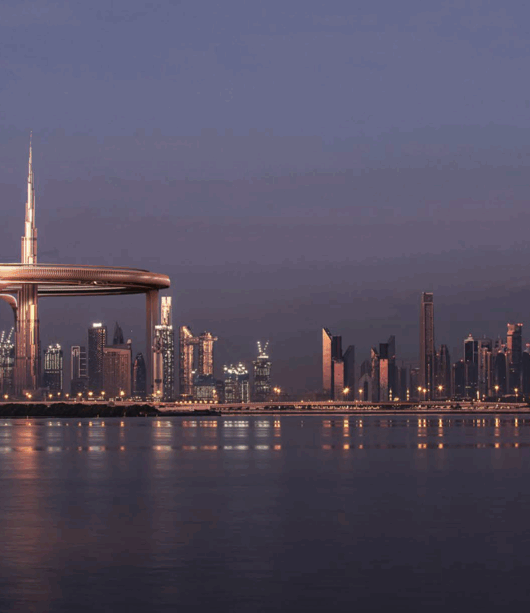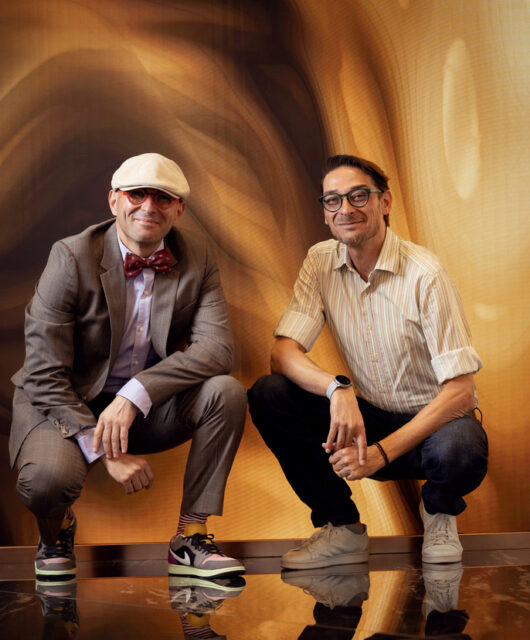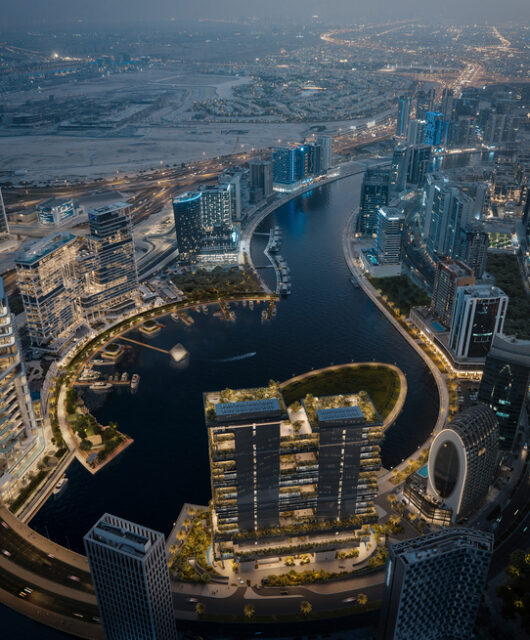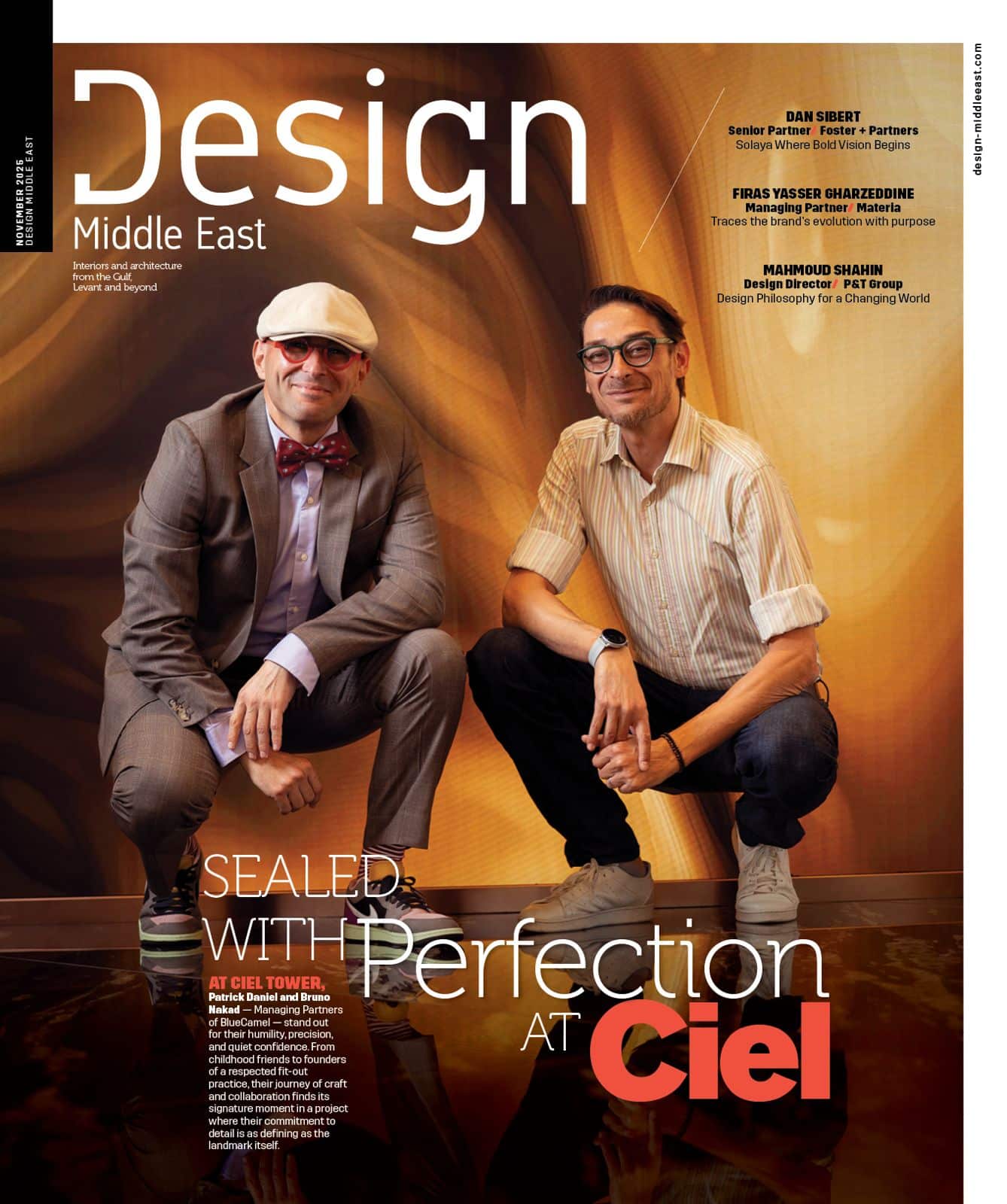 The transition of the city is a complicated process. Along with the old memories gradually gone, new emotions are constantly being generated. When production breaks through itself and has more connections with life, the vision of the garden will continue.
The transition of the city is a complicated process. Along with the old memories gradually gone, new emotions are constantly being generated. When production breaks through itself and has more connections with life, the vision of the garden will continue.
The project is located in the Xucun Industrial Zone, Haining, Jiaxing, in which the architect built an elegant courtyard on the roof of a factory and named it Xiaoya. In this courtyard, the functions of reception, catering, and office are combined. And it has broken through the single working mode and expanded the breadth and depth of life.
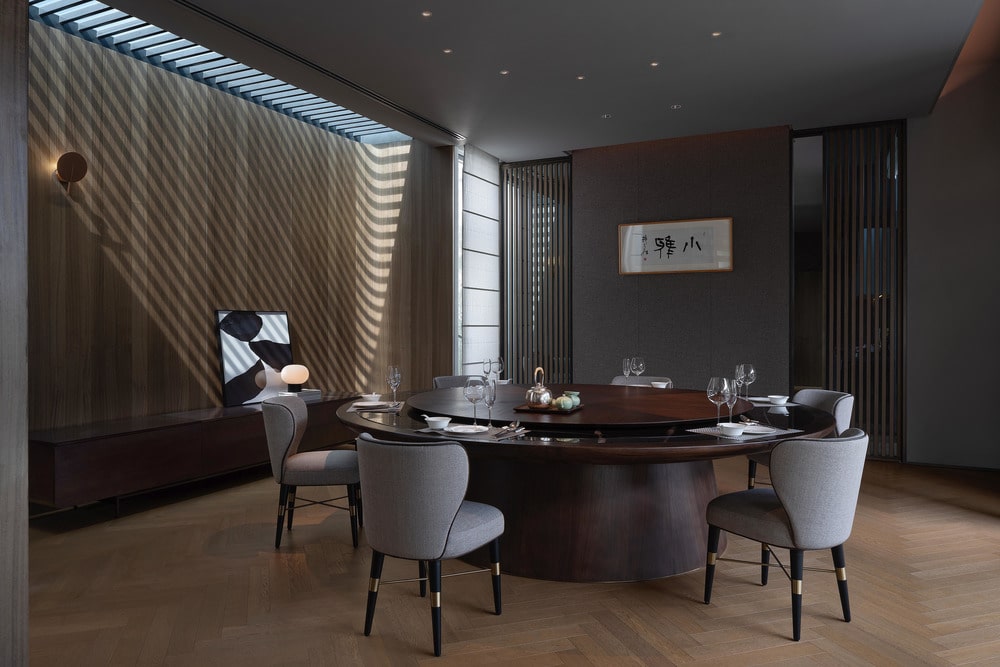
They utilise the natural sightline deviations of the roof platform to balance the surrounding axis, and the phototaxis of the biological instinct to allow the viewer to do the natural selection. The architecture is opened, and the interior and exterior spaces are infiltrated with each other, both spacious and enclosed.
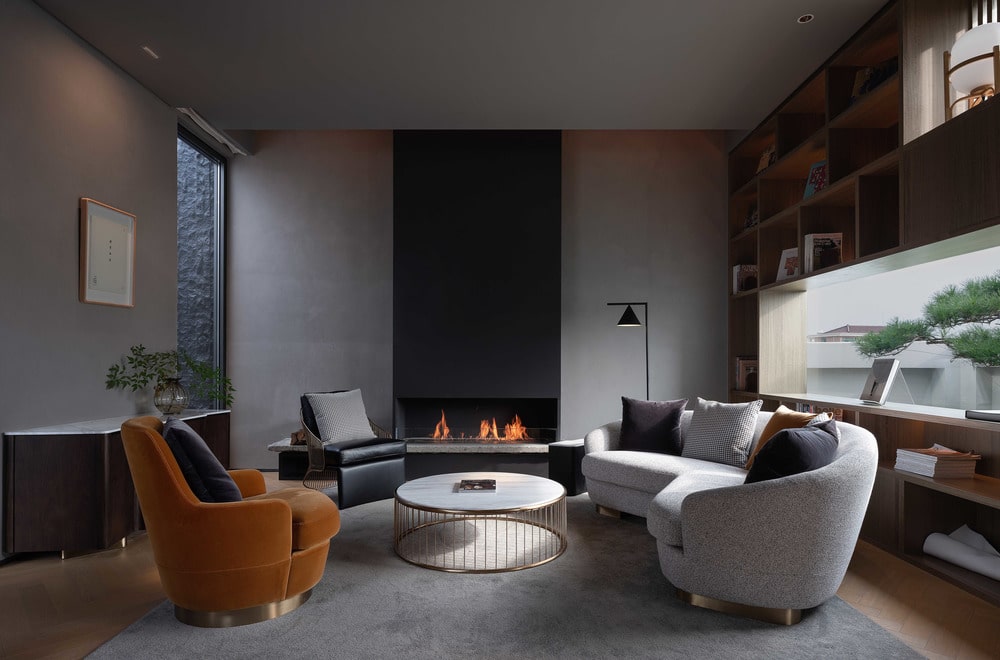
In the eyes of Mies Van Der Rohe, the barrier is no longer the antonym of the transparent but creates one more space and one more possibility. Inspired by this, the corridors twist and turn volatile and extend in the open backyard of Xiaoya, where the white wall penetrates into the field of vision, but part of the landscape emerges from behind, and the geometric espalier hides the end of the corridor and played a “Cloze Play Thinks” with the brain.

In The Book of Songs·Xiaoya·Deer Bell, stirred up the feelings by deer bell and eating grass. It shows the way of hospitality and the mind to entertain the guests, by utilizing which the designer creates a resonance between people and space. The squeezing and dislocation of the building create a series of wonderful corner spaces. Behind the “cloudy pine forest” painting that landed like a screen in the lobby was a small deer that came out of the probe.
The elements of the grille are used one after another in the place. Make space becomes an alienated sundial and combines the sunlight. Mottled shadows which change along with the time, like clouds and fog, like electric light, which lets the “rime” sway and flow.
Xiaoya uses the concept of oriental gardens to create a western garden landscape that incorporates geometric patterns, vegetation, architecture, and water features, etc, which uses simple cubes to summarize the combination of the natural stones laying, cascade and the fold-up of the sceneries, which forms a unified visual element.
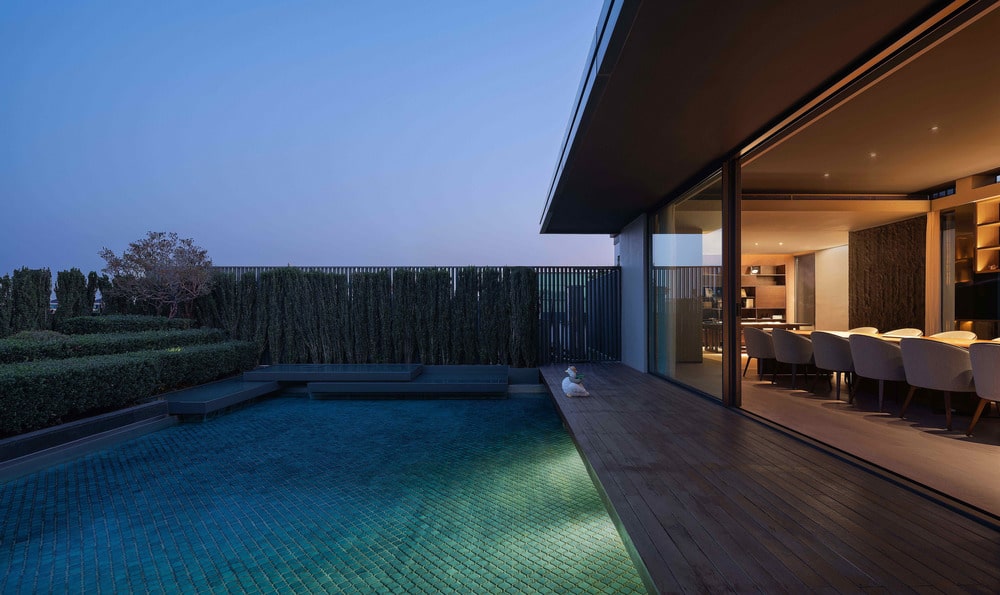
When the sky gets a bit dark, you can see the interior through the light and shadow on the glass, and see the opposite view through the rear window, which is mellow and interesting.
Photo credit: © Haha Lu

